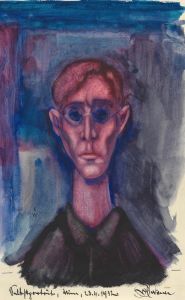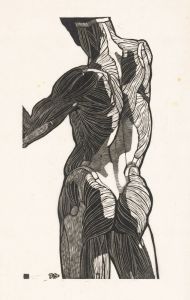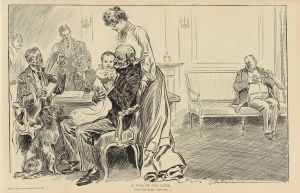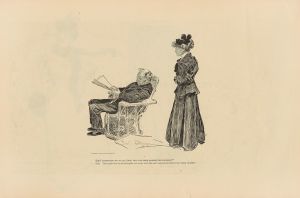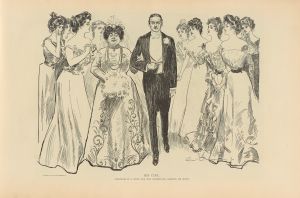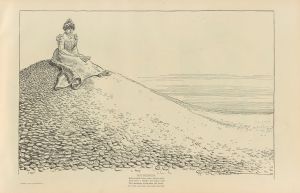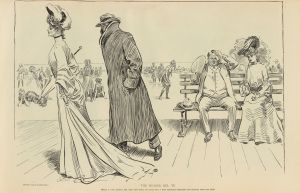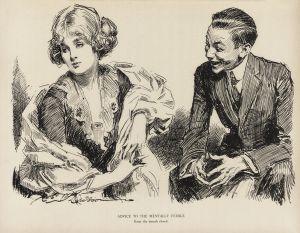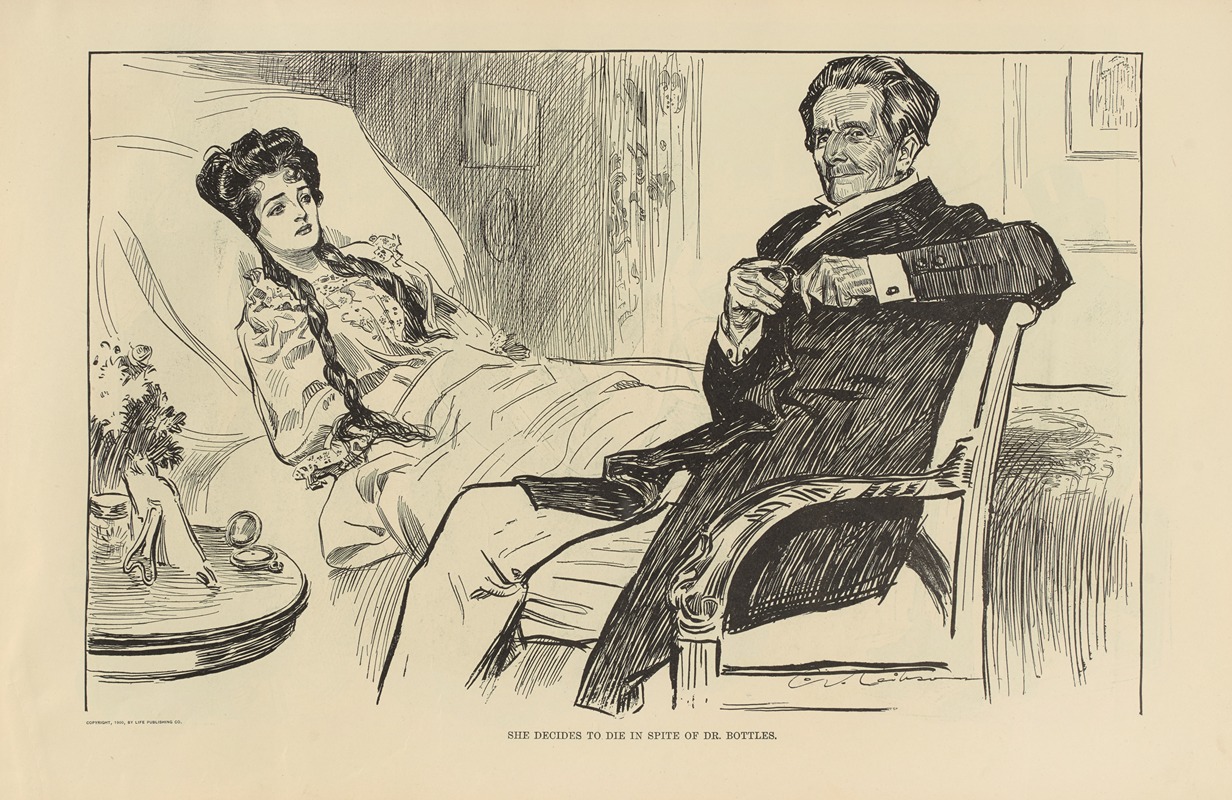
She decides to die in spite of Dr. Bottles
A hand-painted replica of Charles Dana Gibson’s masterpiece She decides to die in spite of Dr. Bottles, meticulously crafted by professional artists to capture the true essence of the original. Each piece is created with museum-quality canvas and rare mineral pigments, carefully painted by experienced artists with delicate brushstrokes and rich, layered colors to perfectly recreate the texture of the original artwork. Unlike machine-printed reproductions, this hand-painted version brings the painting to life, infused with the artist’s emotions and skill in every stroke. Whether for personal collection or home decoration, it instantly elevates the artistic atmosphere of any space.
Charles Dana Gibson was a prominent American illustrator best known for his creation of the "Gibson Girl," a representation of the idealized American woman at the turn of the 20th century. His illustrations were widely published in magazines such as Life, Scribner's, and Harper's, and they played a significant role in shaping the visual culture of the era.
One of Gibson's works, "She Decides to Die in Spite of Dr. Bottles," is a black-and-white illustration that exemplifies his characteristic style, which often combined humor, social commentary, and a keen observation of contemporary life. The illustration depicts a dramatic and somewhat humorous scene where a woman, presumably the central figure, is shown in a moment of decision, surrounded by various characters, including the titular Dr. Bottles. The scene is set in a domestic environment, which was a common setting for Gibson's work, allowing him to explore themes related to gender roles, societal expectations, and personal agency.
The title, "She Decides to Die in Spite of Dr. Bottles," suggests a narrative of defiance and autonomy, as the woman appears to make a choice contrary to the advice or intervention of Dr. Bottles. This could be interpreted as a commentary on the medical practices of the time or the broader theme of women's independence and self-determination. Gibson's work often included such layers of meaning, reflecting the complexities of social dynamics during the late 19th and early 20th centuries.
Gibson's illustrations were known for their detailed line work and expressive characters, capturing the nuances of emotion and interaction. His ability to convey a story or a social critique through a single image made his work particularly impactful and enduring. The "Gibson Girl" itself became an iconic symbol of the era, representing a new standard of beauty and sophistication, as well as the evolving role of women in society.
While specific details about the context or publication of "She Decides to Die in Spite of Dr. Bottles" are limited, it fits within Gibson's broader oeuvre, which often explored the tensions and contradictions of modern life. His work remains significant not only for its artistic merit but also for its reflection of the cultural and social currents of his time.
Overall, Charles Dana Gibson's illustrations, including "She Decides to Die in Spite of Dr. Bottles," continue to be appreciated for their wit, artistry, and insight into the human condition, offering a window into the past while still resonating with contemporary audiences.







